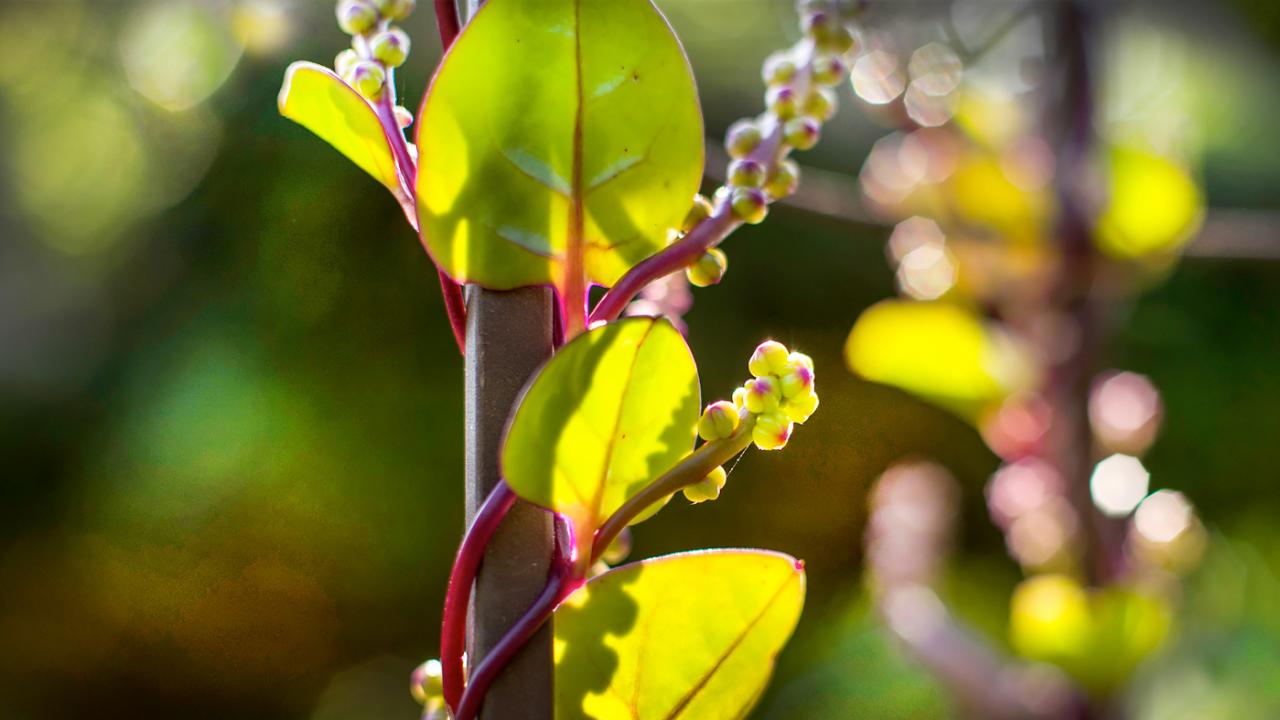Fragrance is one of the benefits of a garden that is often overlooked.
Lots of thought is given to plants’ textures, colors, seasonality, sizes—all important visual characteristics without a doubt—but a garden with scents provides a deeper, richer experience by supplementing visual stimuli with olfactory.
Fragrances, like music, often elicit memories, and so this short list of favorite fragrant plants includes a number that I experienced when I was younger. People, places, time—all are recalled with great fondness in a single whiff.

